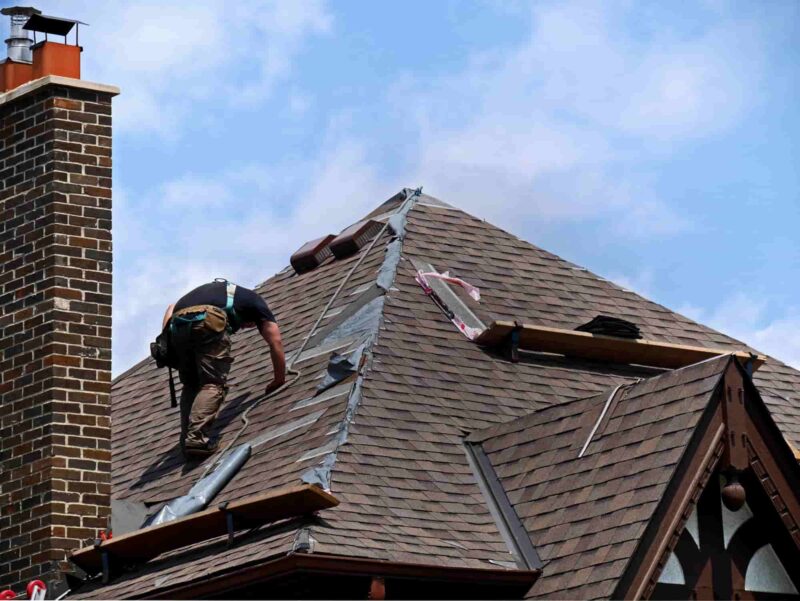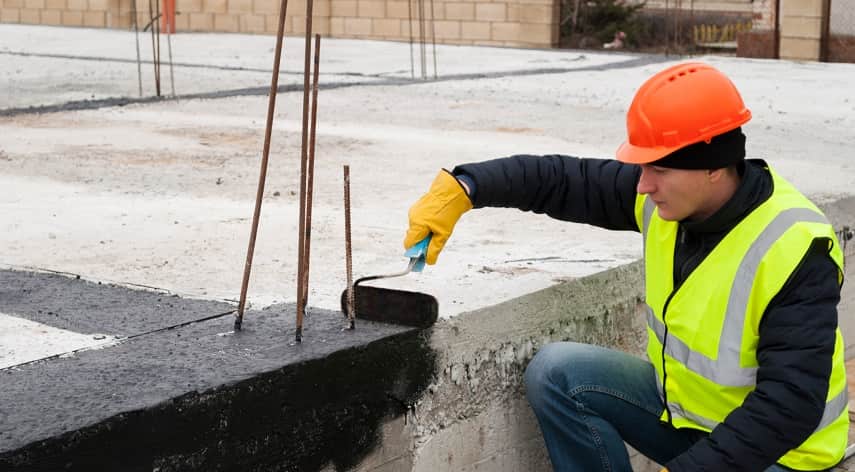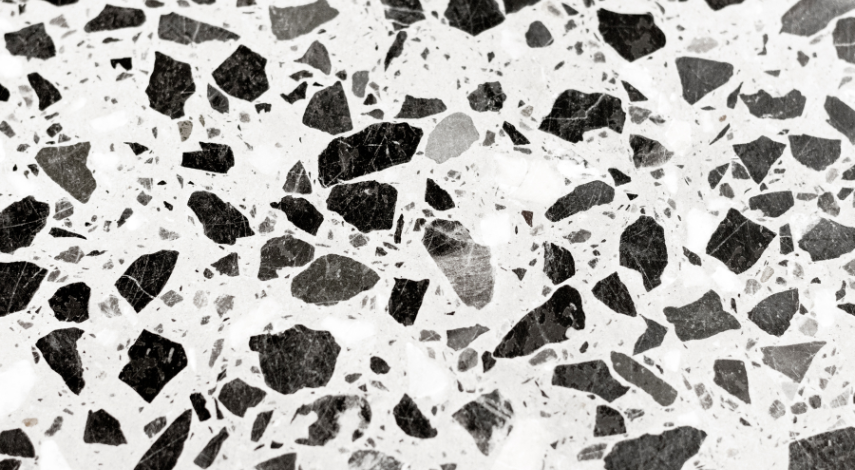What Is Considered a Roofing Emergency?

Did you know that the average claim for homes with water damage is around $11,000 in the United States of America? A roofing emergency is something that you need to take seriously as a homeowner as it could put you and your family in danger. Your damaged roof could happen as a result of a natural disaster or from gradual deterioration.
If the roofing emergency is bad enough then you could end up requiring emergency roof repair at your home. It is important that you know what constitutes a true roofing emergency so you can reach out to a roofing professional for help.
The good news is that you’ve found the right place to learn how to identify a roofing emergency and the rapid response that you need to do to keep your home and your family safe. Keep reading to learn more today!
Table of Contents
ToggleWhat Is a Roofing Emergency?
There are a number of things that count as a roofing emergency at your home. A roofing emergency can be something as simple as missing shingles on your roof. There are certain areas on the roof that are more susceptible to water damage if the shingles are damaged or missing.
It is a wise idea to check out your roof after a severe storm or a natural disaster to make sure that no shingles are missing. Missing shingles will allow water to start working its way through your roof and could lead to expensive water damage inside the home.
Another big sign that you have a roofing emergency on your hands is if you find a large and steady leak during a rainstorm. If this is happening on a frequent basis then this is an emergency and you need to find a roofing professional to help.
Water damage will also cause the wooden superstructure of your home’s roof to start rotting. When that happens, your home is a structural hazard that could put you and your family members at risk. That is something that requires a rapid response in order to save your home.
Trees also pose a big risk when it comes to avoiding a damaged roof. Large trees could cause massive holes in the roof where rain can get in and damage your home’s interior.
How to Avoid a Roofing Emergency
No homeowner wants to encounter a true roofing emergency that puts their loved ones in harm’s way. If something does happen then it is important to know what you can do to limit the damage and keep everyone safe. Here is a closer look at some things you can do in order to limit the damage after a natural disaster.
Detect Roof Problems
The first thing that you should do is inspect your roof and look for any areas that have significant damage. No matter if you have leaks in your roof or not, always inspect it to make sure that it doesn’t have any high-risk areas. You can also reach out to a company that does roofing for commerical to come and inspect your roof for you.
Fix Your Leaks
After checking and inspecting your roof you need to take action in order to prevent damage to your roof and your home’s structure. You should never underestimate the damage that a small leak can cause to your home. Small leaks tend to become big leaks in a short amount of time.
It will find its way into plaster and drywall and cause thousands of dollars of damage to your home. It will also cause the wood in your home to rot and become structurally unsound. You can get emergency roof repair if the damage isn’t extensive yet, but if you leave the leak and put off fixing it then you could end up requiring a roof replacement.
Replacing Shingles
Many homeowners end up with leftover shingles after getting their roofs fixed. It is always smart to keep your extras in case a natural disaster ruins or destroys shingles that were on your roof. After a big storm, check out your roof and look for any damaged or missing shingles.
You can use your extra shingles to replace missing shingles or you can get a new underlay if you’re worried about the strength of your roof. From there, you’ll need to secure the replacement shingles into place to keep your roof safe.
Repair Flat Roofs
Flat roofs are especially dangerous when it comes to natural disasters and water damage since they allow water to stand on them. The longer that water stands on a flat roof the higher the odds that it finds a way into your home or business. Emergency roof repair is also more difficult since the roof is flat rather than slanted.
Attic Venting
Having good venting from your attic is another great thing that you can do to decrease your odds of having a damaged roof. Your roof is like a human in the sense that it needs to breathe in order to avoid getting damaged. The vent prevents moisture from getting trapped in the attic.
Getting Multiple Roofing Vents
There are a number of different options out there when roofing vents and each performs a different task. These tasks range from keeping moisture out of the attic to stabilizing the air temperature in the attic. The air temperature is vital for keeping your home’s roof and attic healthy even after big events like a natural disaster or a severe thunderstorm.
Now You’re Prepared for a Roofing Emergency
No one looks forward to experiencing a roofing emergency but there are plenty of things to consider going if you want to avoid a rapid response repair for your damaged roof. Consider getting attic venting for your roof, and make sure you check the shingles after a big storm passes. You should also keep extra shingles on hand in case you need to patch any areas that got damaged.
For more insightful and helpful articles on a range of topics, check out the rest of our blog today!
Pankaj Majumder, a seasoned Civil Engineer, combines technical expertise with a passion for innovative infrastructure solutions. With a strong academic background and diverse project experience, he excels in creating sustainable and resilient structures that shape the future of urban development.
Recommended For You
Spread the loveHyderabad is a city that experiences heavy rainfall during the monsoon season. This can often lead to water
Spread the loveWhen it comes to streaming services, Roku is one of the most popular and cost-effective options on the
Spread the loveIf you’ve got a floor, you might as well make it a great floor. Terrazzo has long been





